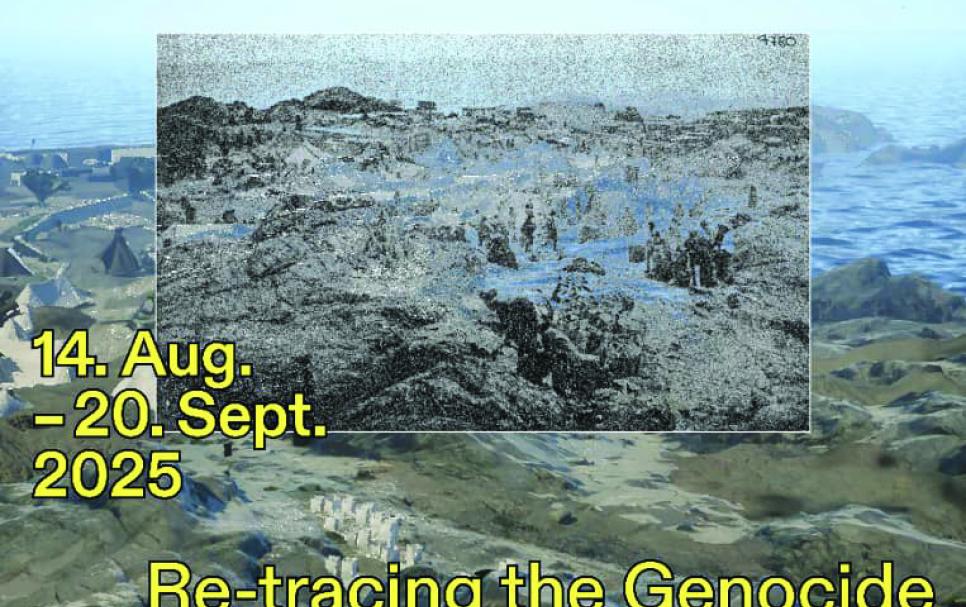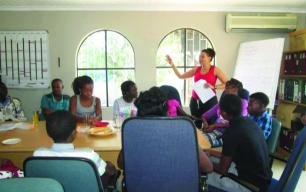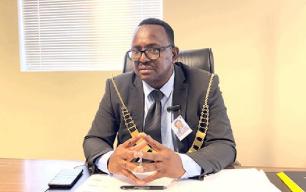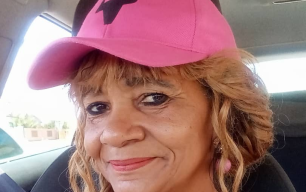Re-tracing the Nama and OvaHerero Genocide through memory and technology

By Hilja Shikongo
The National Art Gallery of Namibia has opened its doors to a groundbreaking exhibition, 'Inherited Testimonies: Re-tracing the Genocide with Nama and Ovaherero Descendants', marking the first time this body of research is presented in full in the country.
The project is the result of a multi-year collaboration between Forensics and Forensic Architecture – investigative agencies based in London and Berlin and Namibian partners, including the Nama Traditional Leaders Association (NTLA), the Ovaherero Traditional Authority (OTA), and the Ovaherero Genocide Foundation (OGF).
Speaking to Confidente in an exclusive interview , Dr. Mark Mushiba, one of the lead exhibitors, explained that the initiative was commissioned directly by the communities themselves.
“As an investigative agency, we do not initiate projects necessarily. We are always commissioned,” Mushiba said. “The communities themselves commissioned us to produce evidence of this genocide. Throughout from conception until delivery, our partners have had an active hand in shaping this research.”
The exhibition retraces events from as early as 1893, the massacre at ||Nâ‡gâs (Hornkranz) to 1908, when the German colonial concentration camps closed. It combines intergenerational oral testimonies with advanced investigative technologies to reconstruct critical genocide geographies: Shark Island, the concentration camps of Windhoek and Swakopmund, the Waterberg battlefield, and other massacre sites.
Visitors are greeted by striking 3D reconstructions of colonial buildings, pre-colonial landscapes, and concentration camps whose physical traces have long vanished. These digital models, built using archival photographs taken by German colonial officers, bring the past into sharp, almost tangible focus.
“For most Namibians, sites like Hornkranz are inaccessible today it is a private farm. But in our videos, you can see how the village looked before the Germans destroyed it,” he explained. “You can even see archival and architectural reconstructions of Shark Island exactly where the Nama section was, and where the Ovaherero section was.”
One of the most innovative elements of Inherited Testimonies lies in its merging of indigenous oral history with environmental science and digital mapping. This approach has allowed the team to uncover new layers of evidence that Western archives never documented.
Mushiba noted that while satellite imagery only exists from the 1980s onwards, oral testimonies helped fill in the historical gaps.
“Through songs and oral traditions, communities could tell us, for example, which plants once covered certain mountains, or how many trees existed a century ago.
“We then corroborated these memories with aerial photographs, satellite data, and environmental science. The technology substantiates their claims, even when those claims are not written down.”
At Shark Island, the memories of descendants provided crucial leads, which were then cross-referenced with colonial archives in Germany.
“The impulse and the clues come from the community. We are able to corroborate these statements with archival evidence to create that proof.” Beyond raising awareness, Inherited Testimonies is already making an impact. One of its most tangible victories was influencing the National Heritage Council to take over Shark Island from Namibia Wildlife Resorts (NWR), effectively ending its use as a tourist campsite.
“That site will now become a commemorative site to the genocide. We hope the evidence we produce continues to support these kinds of transformations.”
He believes the exhibition also holds the potential to inspire other communities with untold histories.
“All the technology we use is open-source. It can be taught in schools. We hope other groups locally, and even in other African countries with similar colonial histories, will use these methods to trace their own histories.
The team hopes the work will contribute to reparations claims, the return of ancestral lands, and a greater public understanding of the genocide’s lasting socio-economic impact. But Mushiba also sees a deeper emotional purpose.
“We hope this exhibition can begin the process of more national healing and reconciliation,” he said. “Because now, even people who weren’t directly affected can see exactly what happened – how the camps looked, how the landscapes once were and understand how this history shaped Namibia to this day.”
With its powerful combination of community testimony, scientific rigour, and artistic presentation, Inherited Testimonies is more than an exhibition ,it is both an archive and an act of restoration. It forces the past into the present, ensuring that these inherited stories are neither erased nor ignored, but rather embedded into the nation’s collective memory.
- 204 views










Comments